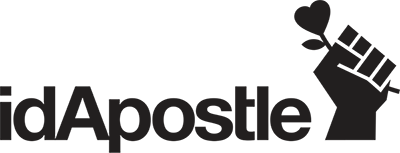Graphic Design is a Strategic Exercise Requiring Clear Communication.
Unfortunately, it doesn’t take a great deal of miscommunication for a design project to go wrong. To reduce the risk of miscommunication, I insist all clients approve a written creative direction before I proceed with any design development. This step of distilling the information collected thus far into a few written paragraphs clarifies the goals and direction of the creative. It is also the last ‘best’ opportunity to discover and deal with any confusion between client and designer before costly changes are required.
But They Don’t Have the Time to Meet
This important checkpoint only works well if all decision makers are directly involved in the branding project from beginning to end. Without direct communication, a series of “pass it on” conversations take place where information is relayed through multiple people/filters. At best, this string of interpretations can result in the loss of subtle differences that could have a meaningful impact on the creative development. At worst, it can cause a complete breakdown in communication leading to the delivery of a concept that does not address the correct project needs.
The Cost of Miscommunication Between Designer and Client
It’s in the best interest of both the graphic designer and the client to invest the appropriate resources, to ensure clear communication, and to create opportunities to uncover any gaps in thinking that might exist between everyone involved. Not dealing directly with all the decision makers is often the largest source of additional project costs. It wastes time, reduces the potential for success, tends to require multiple changes, and makes it tough to manage responsibilities.
Invest in a Few Hours or Waste Many
Meeting with a graphic designer is just one of dozens of requests clients (especially larger companies) have for their time. Here are a few tips to persuade a client to make the entire team available.
- Keep it short. Commit to quick fast paced meetings.
- Keep it focussed. Limit the small chat, and keep the discussion on point.
- Be prepared. Provide the client with a short list of questions a day before the meeting—you can combine this with an email confirming the meeting time and everyone’s availability. With just a glance at the questions, a client will be able to give your agenda some thought beforehand.
- Summarize. Five to ten minutes before the end of the meeting, summarize what was discussed, the next steps and responsibilities.
- Follow up. A summary by email after the meeting provides one final opportunity to discover any miscommunication, creates an information/decision trail, and can also be sent to anyone that was unable to make the meeting.
Like any Good Relationship
Clear and direct communication between graphic designer and client is essential for success. I would love to hear your thoughts and any additional tips you may have to improve and encourage direct communication.
